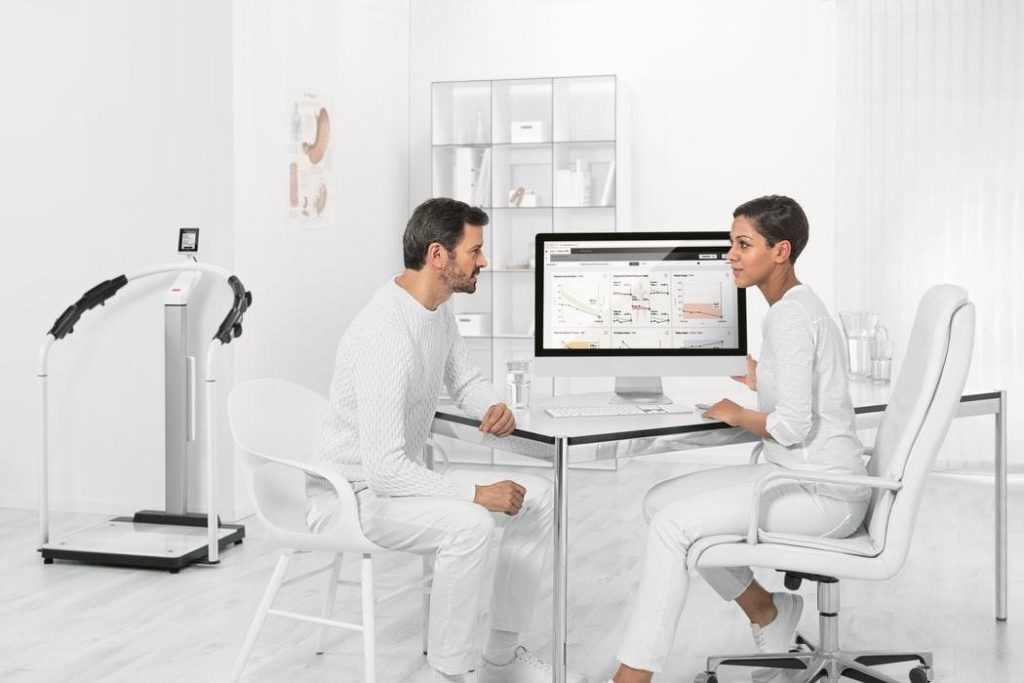Those in the healthcare sector have one critical role, which is the provision of patient care. It is all about disease diagnosis, treatment, prevention and solving health issues.
But, behind all this is the need to be efficient managers as well. The providers must organize their time, finances, and workflows. That will make them more effective in their service provision. And, thanks to technology, help is at hand.
The healthcare sector has been a major beneficiary of technology. Artificial intelligence, wireless technology, robotics, and telemedicine are some examples. The integration of such in patient management software has been a game changer.
But, despite such technological innovations, workflow management remains an issue. We will share some practical guidelines for improving clinical tasks below.
Start by Analyzing Your Existing Practices
The only way to improve is by looking at what you are currently doing. There could be processes that add no value while taking up much time. So audit your value stream as a way of eliminating waste. The key areas of interest could include:-
- Time-wasting processes
- Value-adding processes
- Duplicated activities etc.
The first thing is to look at the stakeholders who will suffer due to the inefficiencies in the workflow. In clinical practice, these include patients, suppliers, staff members and service providers.
So let’s analyze each of the points as examples.
Time Wasting Processes
What processes do patients go through to book appointments? Filling in lengthy paperwork at each visit could be a time-wasting procedure. Improving the workflow could include:-
- Completing all the necessary paperwork online before the visit
- The patient can ask questions or highlight concerns on the same portal
- Avoid unnecessary bottlenecks like lengthy, complex check-in and outs
Value Adding Processes
How long do patients wait before receiving treatment? And, as they sit in the waiting room, is there any level of engagement? This could be an opportunity to add value by educating patients on healthcare. It could be as simple as running health-related videos on the screen.
Duplicated Processes
The patients come in and provide the medical assistant with all the information. When they see the doctor, they have to repeat the same, thus a duplicated process. Technologies like CRM or practice management software can help avoid this.

Increase Efficiency with Patient Management Software
The healthcare sector involves a lot of manual processes. Automating tasks with patient management software can reduce time wastage and increase efficiency. You can:
- Improve the patient experience due to higher efficiency
- Automate time-consuming tasks like note taking or admin work
- Educate patients on how to take care of their health
- Photo or record sessions as protection against malpractice claims
- Access real-time performance analytics and more.
A clinic or patient management software can take care of most of the issues you identify in step one above.
Take the example of recording sessions. It provides records that the doctor can refer to. That way, the patient does not have to repeat pertinent information. Further, digital patient records mean quick access to information. The same would not apply if using paper-based filing systems.
Real-time performance analytics can identify what is not working or needs improving. With proper metrics and KPIs, everyone will be on the same page on work expectations.
Improve Internal Work Processes
Improving the internal work process is an effective way of achieving higher efficiency. Some workable ways include:
Task Delegation
It may surprise you how many people are unable to delegate tasks. Only 30% of managers believe they can delegate well. Yet, according to subordinates, only 1 out of 3 managers are good at delegating.
In reality, holding on to tasks can be a major impediment to workflow. It can also demoralize subordinates if they don’t receive work that reflects what they can do.
Proper Time Allocation to Tasks
Without proper planning, time will never be enough. At the end of the day, tasks remain incomplete, which could impact the business. Some simple yet effective steps include:-
- Plan for the day by scheduling activities. Let’s say you open the doors to patients at 9 a.m. That gives you one hour to read emails and finish up on pending issues.
- Prioritize what you need to do. If the inventory is running low, don’t wait until everything is gone before placing an order for more. Use the patient management software to keep up with inventory and billing.
- Stop procrastinating. Do not push work to a later time or date. Ultimately, it will catch up with you, leaving piles of work you can’t complete.
- Use the business calendar in the patient management software for scheduling and reminders. It is easy to forget things if all you depend on is memory.
- Learn the art of multi-tasking when it can help. As the doctor, it is unnecessary to wait until after the patient’s visit to dictate notes. You can take care of that during the examination. And, it also gives the patient a chance to ask questions and get better clarity on their health. Further, you save time that can go into other tasks.
Involve Staff Members in Decision Making

You can achieve higher success in a business if everyone feels important. Involve them in decisions around how to improve efficiency in the clinic. That way, they take ownership and will be more committed to the process.
Invest in Training
Don’t neglect the value of training in workflow management. A lab tech may be very good at his primary role. But things like filing or inventory management may not be his strong suit. The office admins may struggle with delegation. Yet, simple training can show them how to let go and trust others to take over work. Your staff members may struggle with teamwork, which could impact efficiency.
Do you know that 94% of employees will stay in a company that invests in learning and development? And 74% are willing to learn a new skill if it improves their chances of remaining employable.
Final Thoughts
Improving clinical workflows can make a massive difference to your practice. We have shared some practical and very workable tips above. Start with an audit of the workflow processes. It helps to identify what could be impacting efficiency. Proper scheduling and time allocation are also crucial.
Finally, let go of time-wasting legacy systems. Technologies like patient management software can change your operations and relationships with patients.
